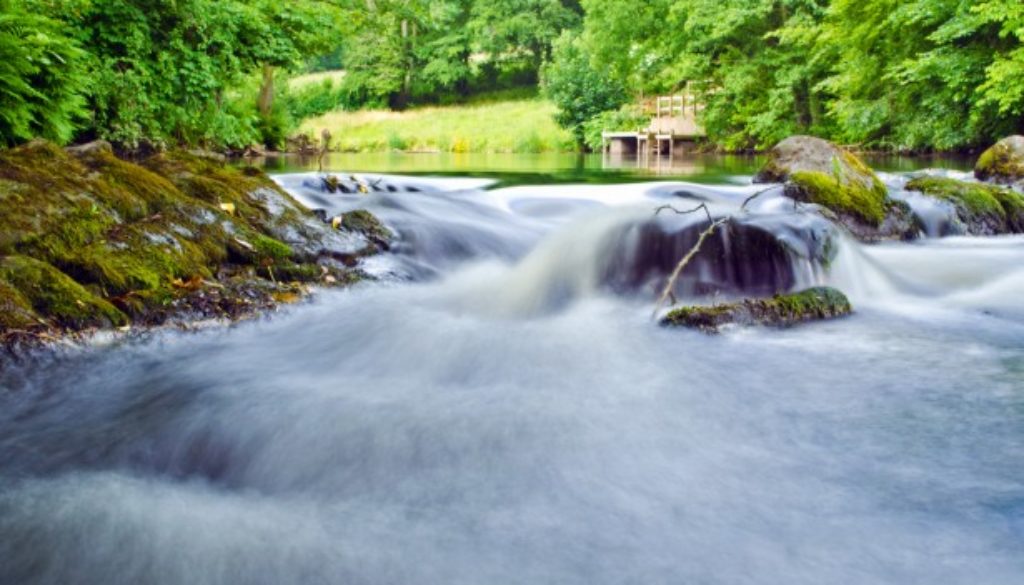Standing Up For Clean Water
By Jon Devine, Natural Resources Defense Council
I’m posting this from Kansas City, Kansas, where the Trump administration is holding its one and only public hearing on its plan to radically roll back the safeguards of the Clean Water Act for critical streams and for wetlands that filter pollution, prevent flooding, and are nurseries for lots of wildlife. To learn a little more about that scheme, you can read more here.
The administration may have been hoping to receive a hero’s welcome for working to remove Clean Water Act protections that apply to oil and gas operations, industrial developers, and mining, but they were met here by a slew of environmentalists, hunters and anglers, community organizations, water-reliant businesses, and more from around the country. For a sample of this broad opposition to the Dirty Water Rule, you can see the Clean Water for All Coalition’s press conference, Twitter Moments from the National Wildlife Federation and Clean Water Action, and my Clean Water Action colleague Michael Kelly’s blog post.
The administration is taking comment on this scheme for only 60 days. If you were unable to make it out to Kansas but are troubled by the loss of wetlands and streams across the country, please submit comments now. Here’s an easy way to make your voice heard.
I presented testimony to the agencies yesterday evening. My remarks are printed below.
My name is Jon Devine. I am the Director of Federal Water Policy for the Natural Resources Defense Council. On behalf of NRDC and our more than three million members and online activists, I beg this administration to stop its senseless attacks on the Clean Water Act.
Nearly a year and a half ago, the agencies first asked for feedback on the idea of dramatically curbing the Clean Water Act’s pollution control and cleanup programs. Back then, I and many others warned that such a scheme would be flatly illegal and unscientific, and that it would be irresponsible not to meaningfully understand its impacts and ensure that water quality will not suffer. Although the administration has now produced a lengthier proposed rule, it still suffers from these same fatal flaws.
First, though the agencies attempt to obscure this fact, the proposal relies on a Supreme Court opinion which was rejected by five justices and which the lower courts have resoundingly held cannot dictate the extent of Clean Water Act protections. Proceeding down this illegal path is a recipe for the rule’s invalidation and will undermine the stability of the law the agencies claim they want. That alone is reason enough to abandon this proposal.
But being illegal is only the beginning of the proposal’s problems. Perhaps the most remarkable thing about it is that, despite acknowledging that the rule could hurt the environment, public health, and the economy, the agencies say numerous times that they lack the capacity to adequately assess those impacts. In the face of that overwhelming ignorance, it’s reckless to plunder forward with this scheme. It’s like committing to buy a certain model of used car without knowing how many miles are on it, what condition it’s in, or what it’ll cost.
Additionally, the proposal is full of vague new concepts that will not deliver the on-the-ground clarity the administration repeatedly says it wants. Polluters and people affected by pollution will somehow have to figure out such things as what a particular water body looks like in a “typical year” and whether streams are fed by groundwater or not.
Finally, the proposal is aggressively anti-science. It cuts out streams and wetlands that an overwhelming body of scientific evidence says are important and it does so without meaningfully addressing that evidence.

